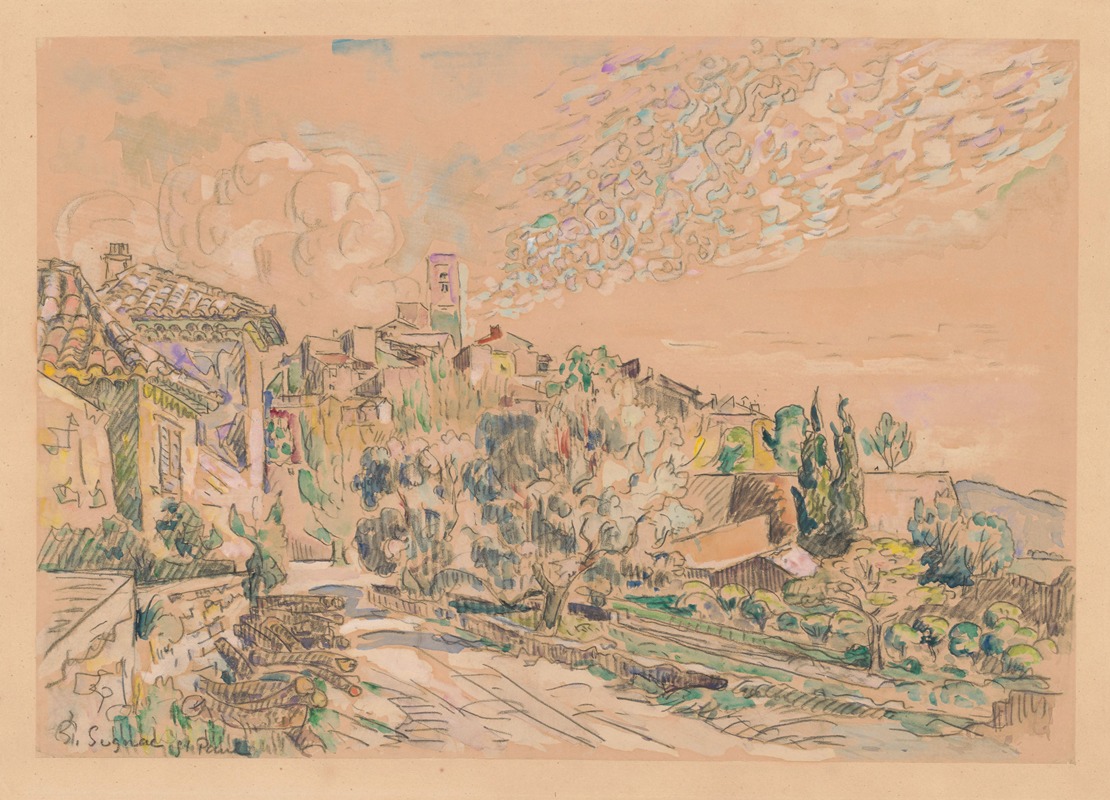
Saint-Paul-de-Vence
A hand-painted replica of Paul Signac’s masterpiece Saint-Paul-de-Vence, meticulously crafted by professional artists to capture the true essence of the original. Each piece is created with museum-quality canvas and rare mineral pigments, carefully painted by experienced artists with delicate brushstrokes and rich, layered colors to perfectly recreate the texture of the original artwork. Unlike machine-printed reproductions, this hand-painted version brings the painting to life, infused with the artist’s emotions and skill in every stroke. Whether for personal collection or home decoration, it instantly elevates the artistic atmosphere of any space.
Paul Signac's painting "Saint-Paul-de-Vence" is a notable example of the artist's work during the period when he was deeply engaged with the technique of Pointillism, a style he helped to pioneer alongside Georges Seurat. Signac, born in 1863 in Paris, was a prominent French Neo-Impressionist painter who played a significant role in the development and dissemination of the Pointillist technique, which involves the application of small, distinct dots of color to form an image.
The painting "Saint-Paul-de-Vence" depicts the picturesque village of Saint-Paul-de-Vence, located in the Provence-Alpes-Côte d'Azur region of southeastern France. This village, known for its medieval architecture and stunning views, has long been a source of inspiration for artists. Signac's choice of this subject reflects his interest in capturing the unique light and atmosphere of the French countryside, a common theme in his work.
Signac's approach to painting was heavily influenced by scientific theories of color and perception. He believed that colors could be mixed optically rather than physically, allowing the viewer's eye to blend the colors when seen from a distance. This method is evident in "Saint-Paul-de-Vence," where Signac uses a vibrant palette and meticulous application of paint to create a luminous and harmonious composition. The painting exemplifies his mastery of color and his ability to convey the essence of a scene through the careful placement of individual dots of paint.
Throughout his career, Signac was not only a painter but also an influential theorist and writer. He authored several texts on the principles of Neo-Impressionism, advocating for the scientific approach to art and the use of color theory. His writings helped to spread the ideas of Neo-Impressionism and influenced a generation of artists who followed.
"Saint-Paul-de-Vence" is a testament to Signac's dedication to the Pointillist technique and his ability to capture the beauty of the natural world. The painting reflects his fascination with the interplay of light and color, as well as his commitment to exploring new ways of seeing and representing the world around him. Signac's work, including this painting, has been celebrated for its innovative approach and its contribution to the broader movement of modern art.
Today, Paul Signac's paintings are held in high regard and can be found in major museums and collections around the world. His work continues to be studied and appreciated for its technical precision, vibrant color, and its role in the evolution of modern art. "Saint-Paul-de-Vence" remains an important piece within his oeuvre, illustrating the enduring appeal of his artistic vision and the impact of his contributions to the art world.





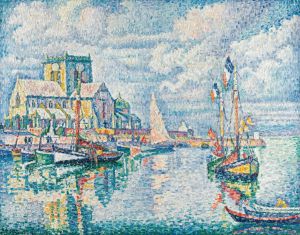
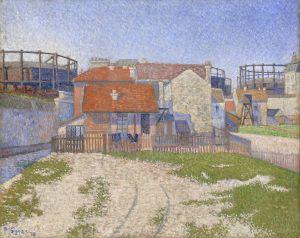
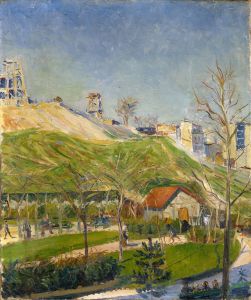


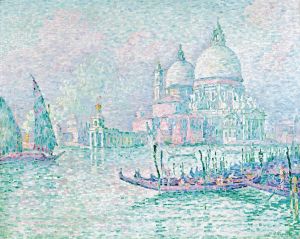


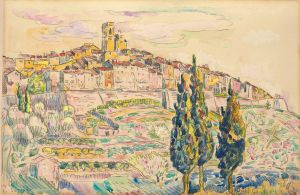
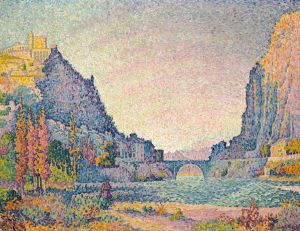
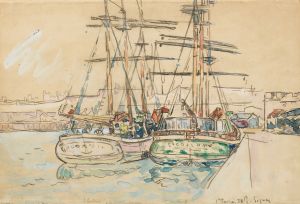

![Temple of Dandour [Dendûr], Nubia.](/imgs/217545/s/david-roberts-temple-of-dandour-dendur-nubia-8921547f.jpg)